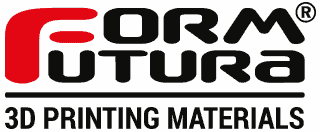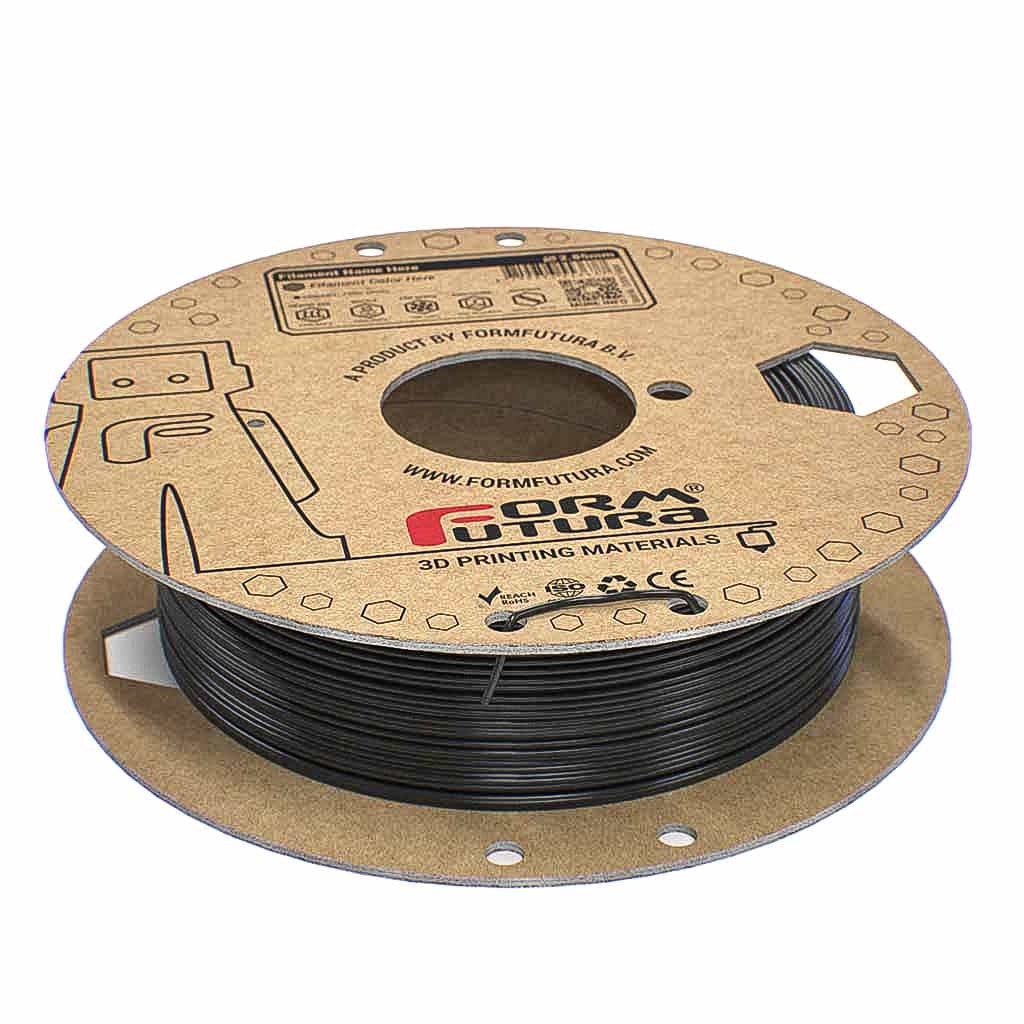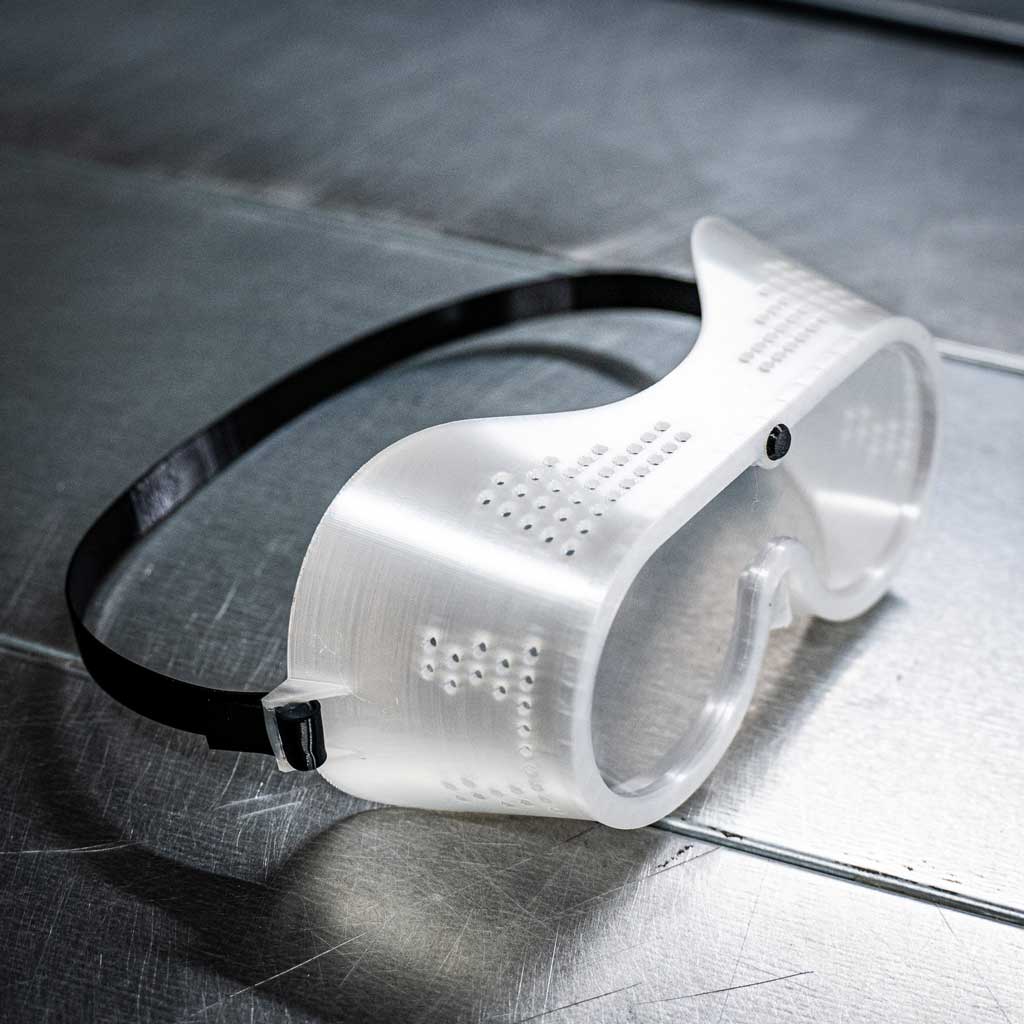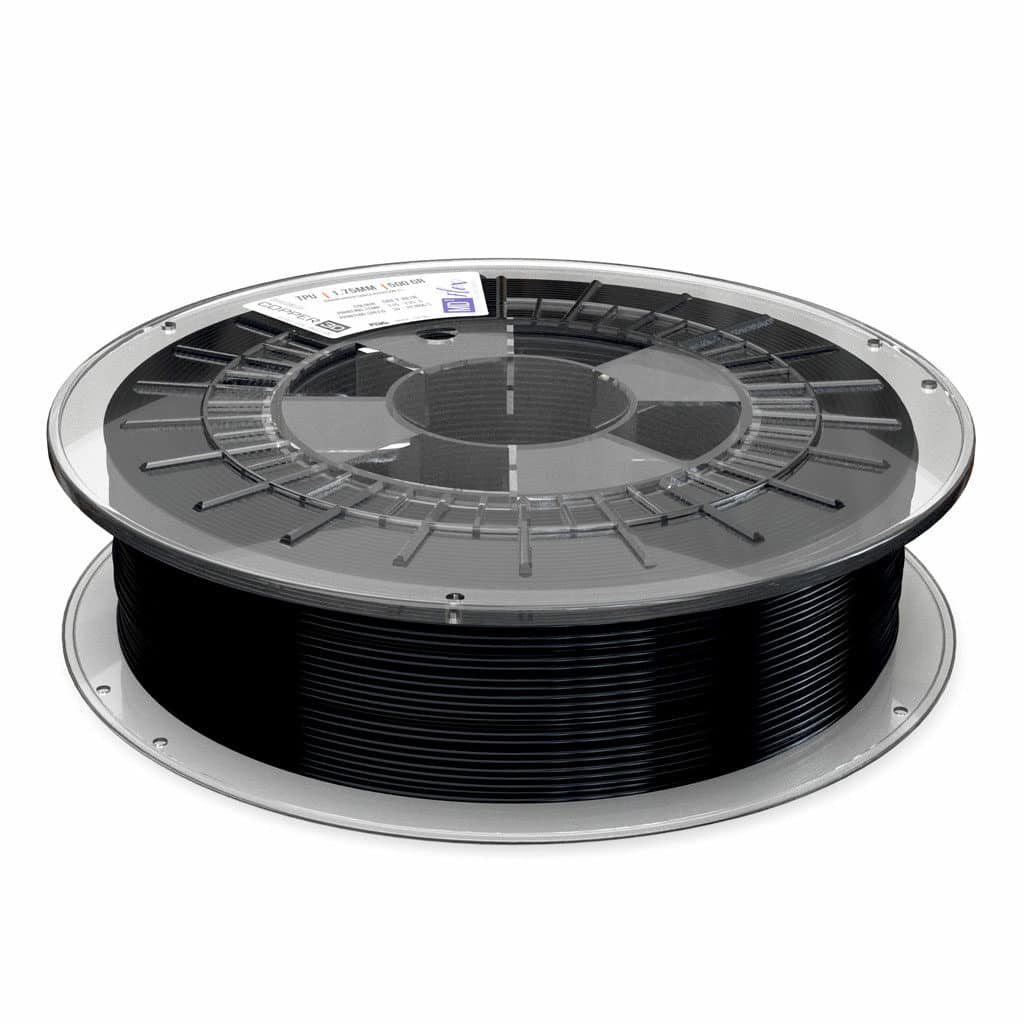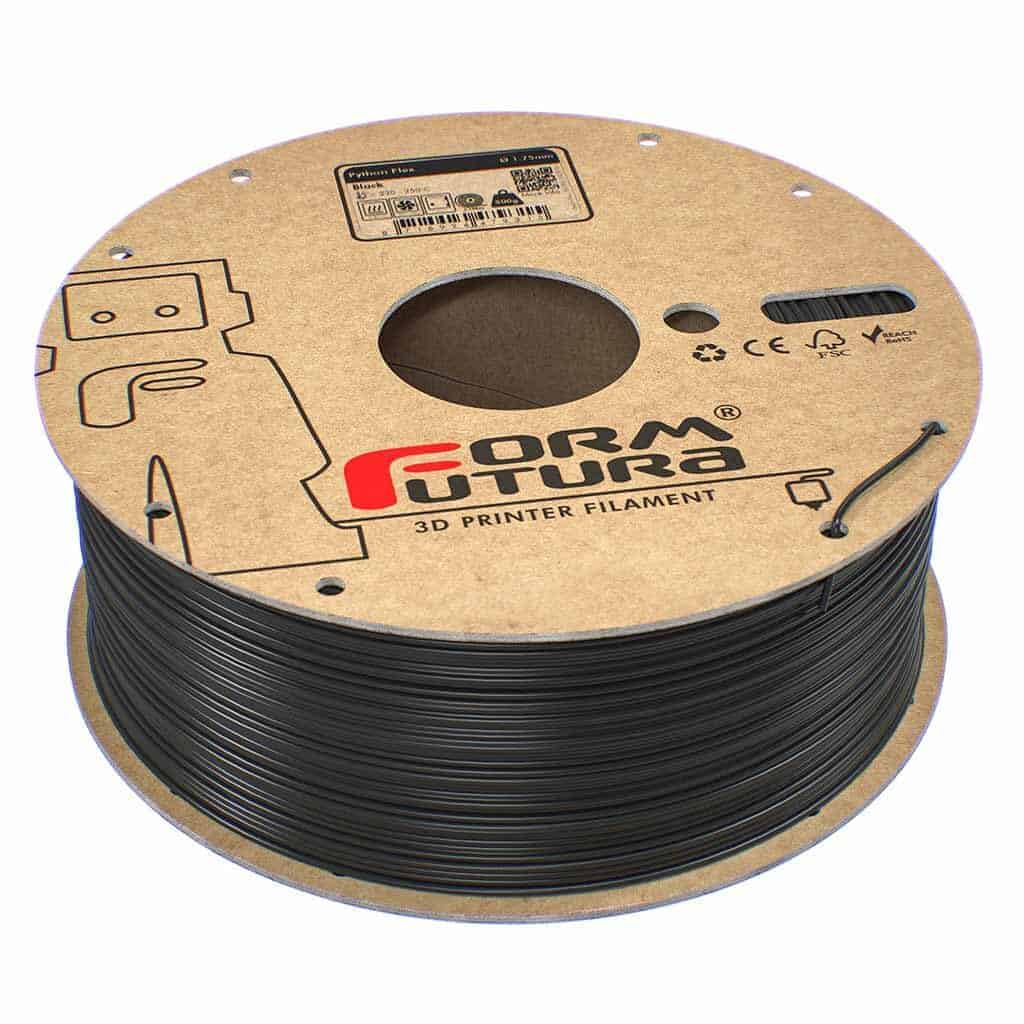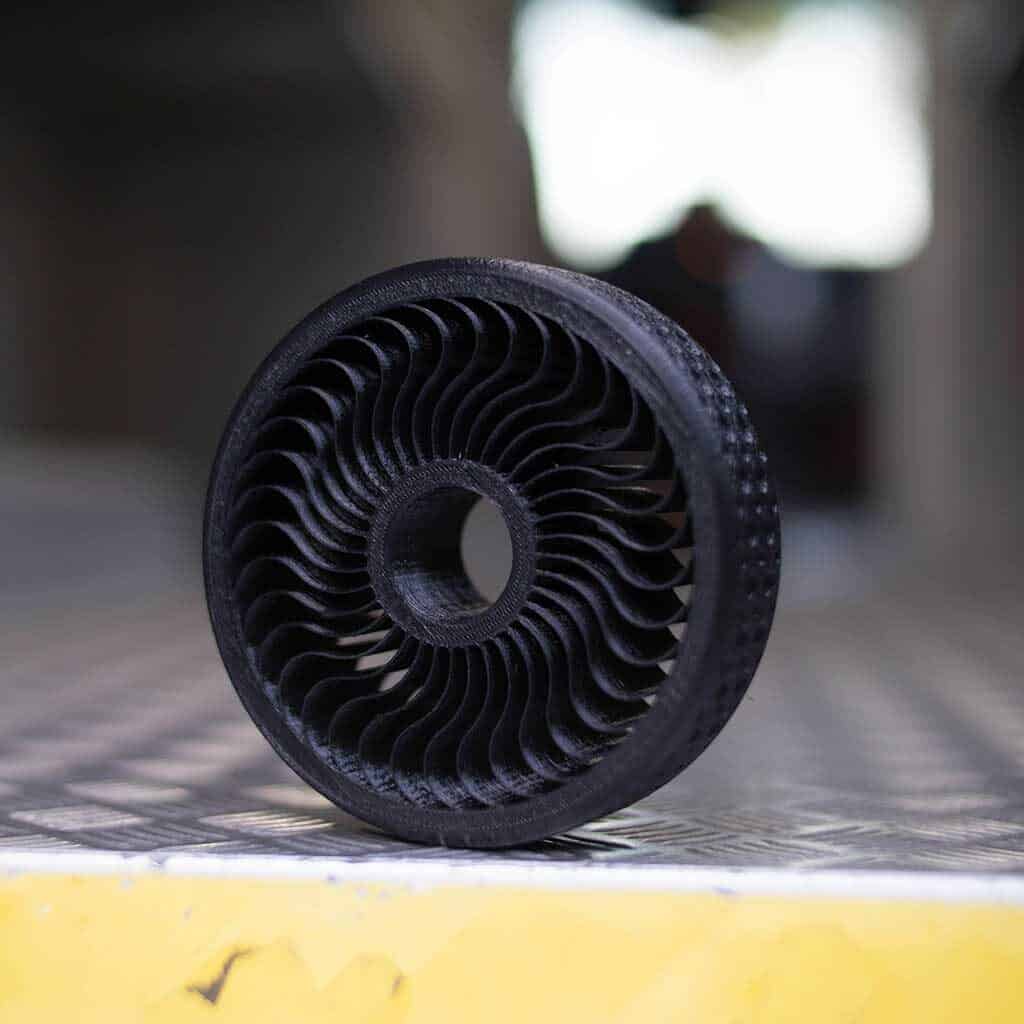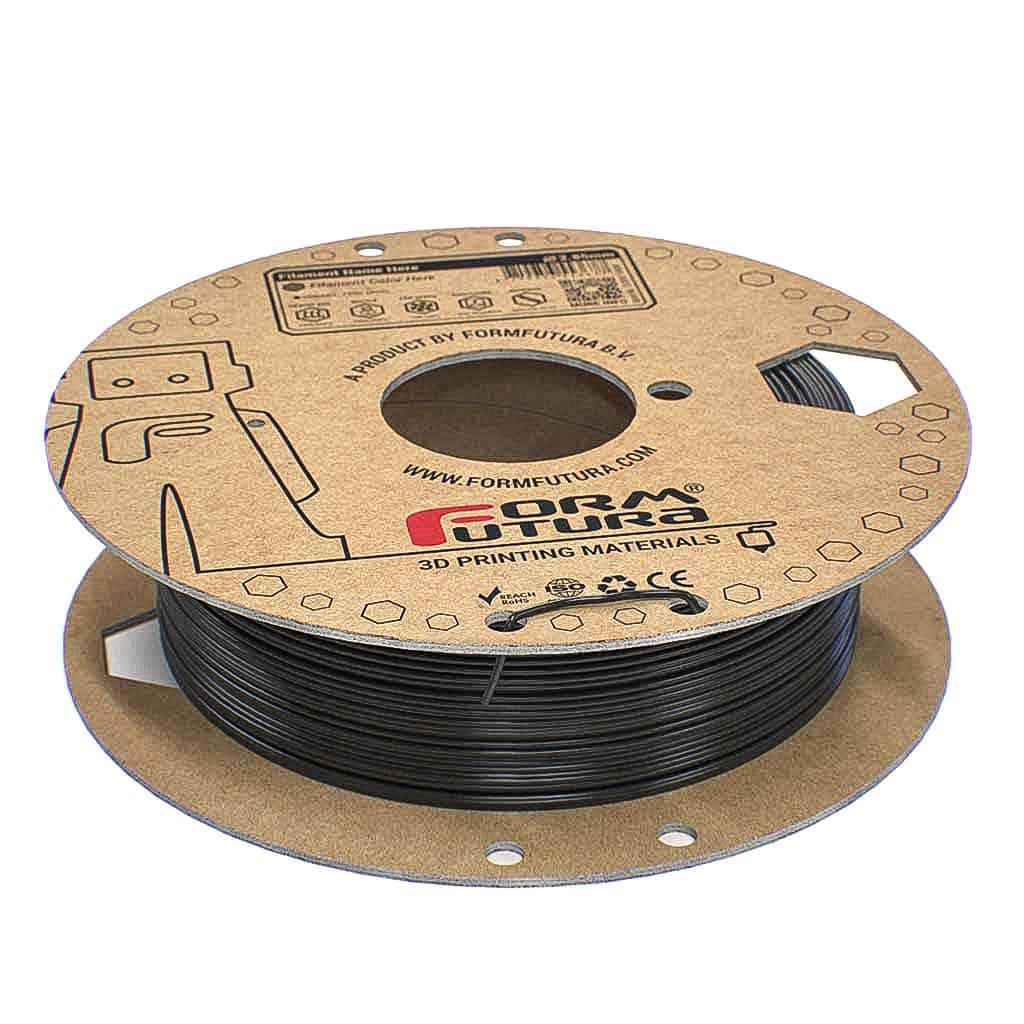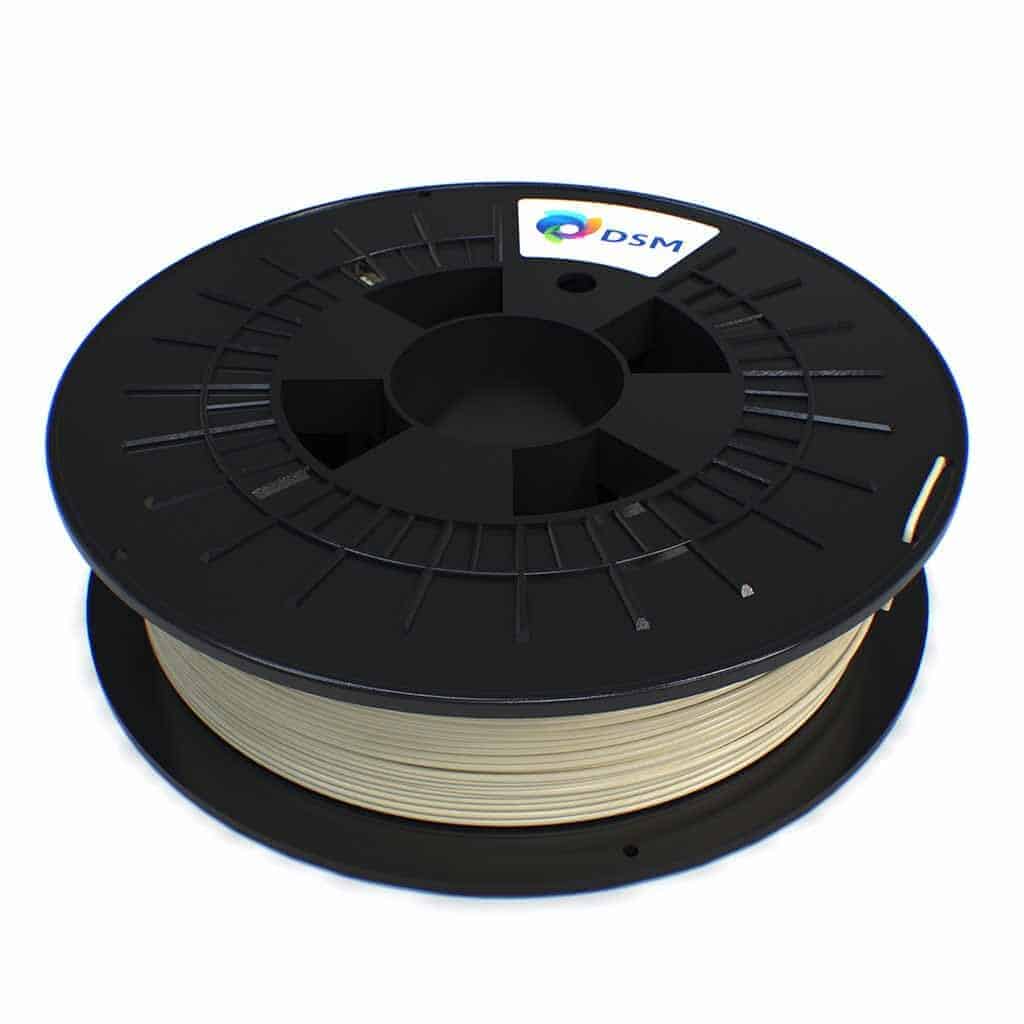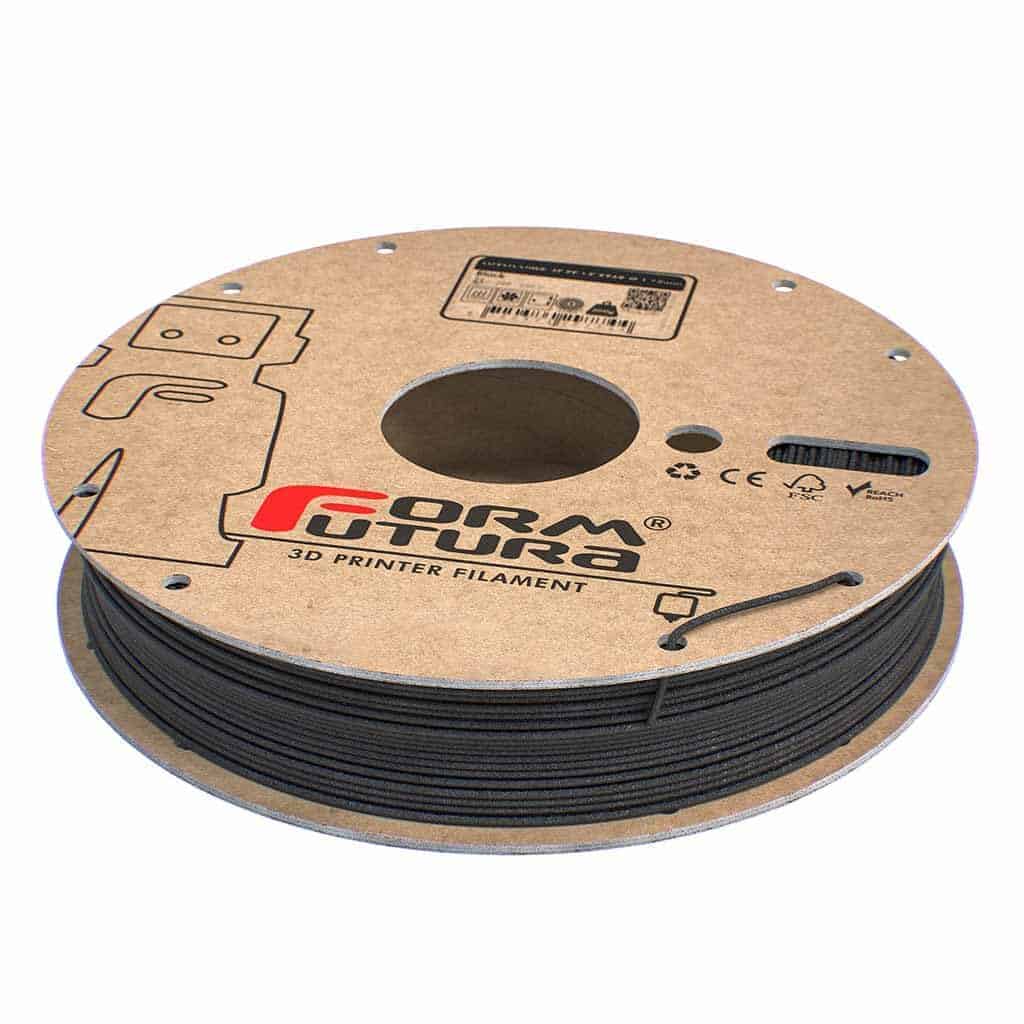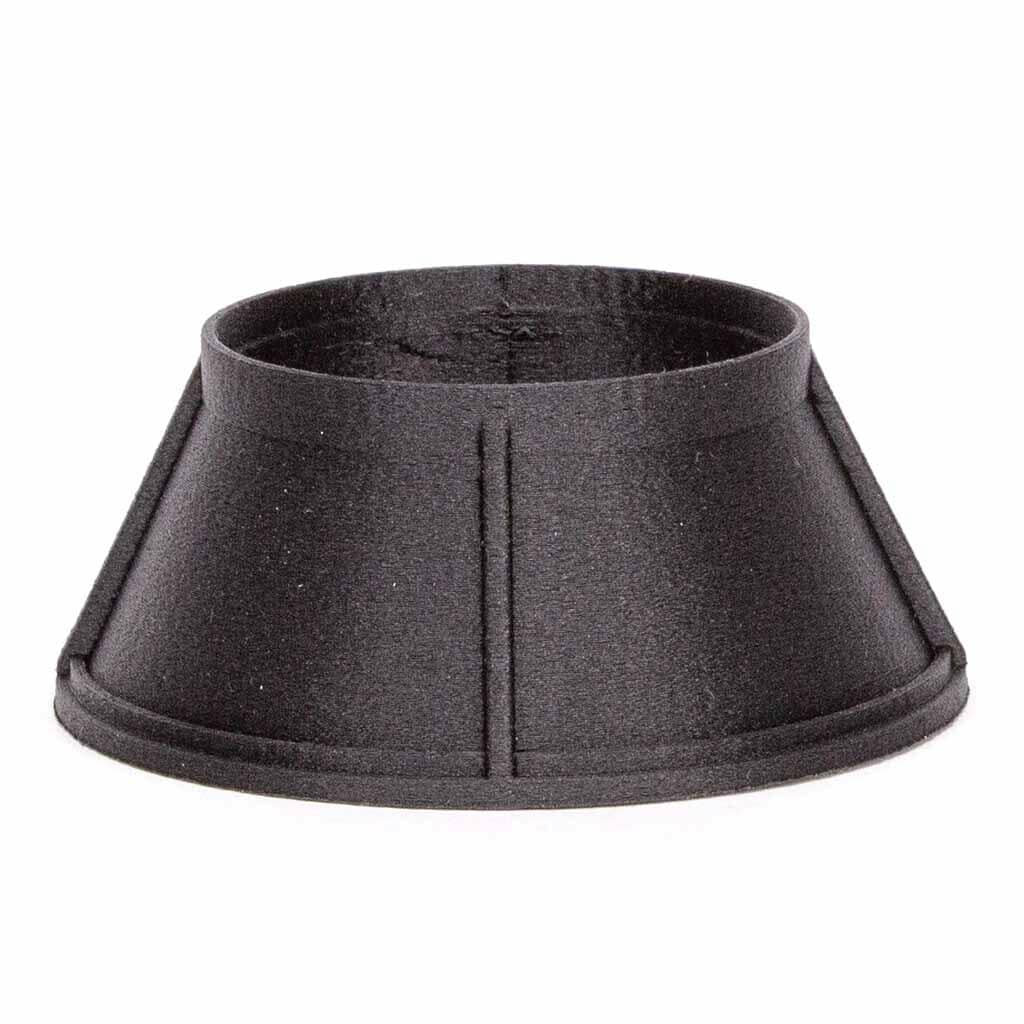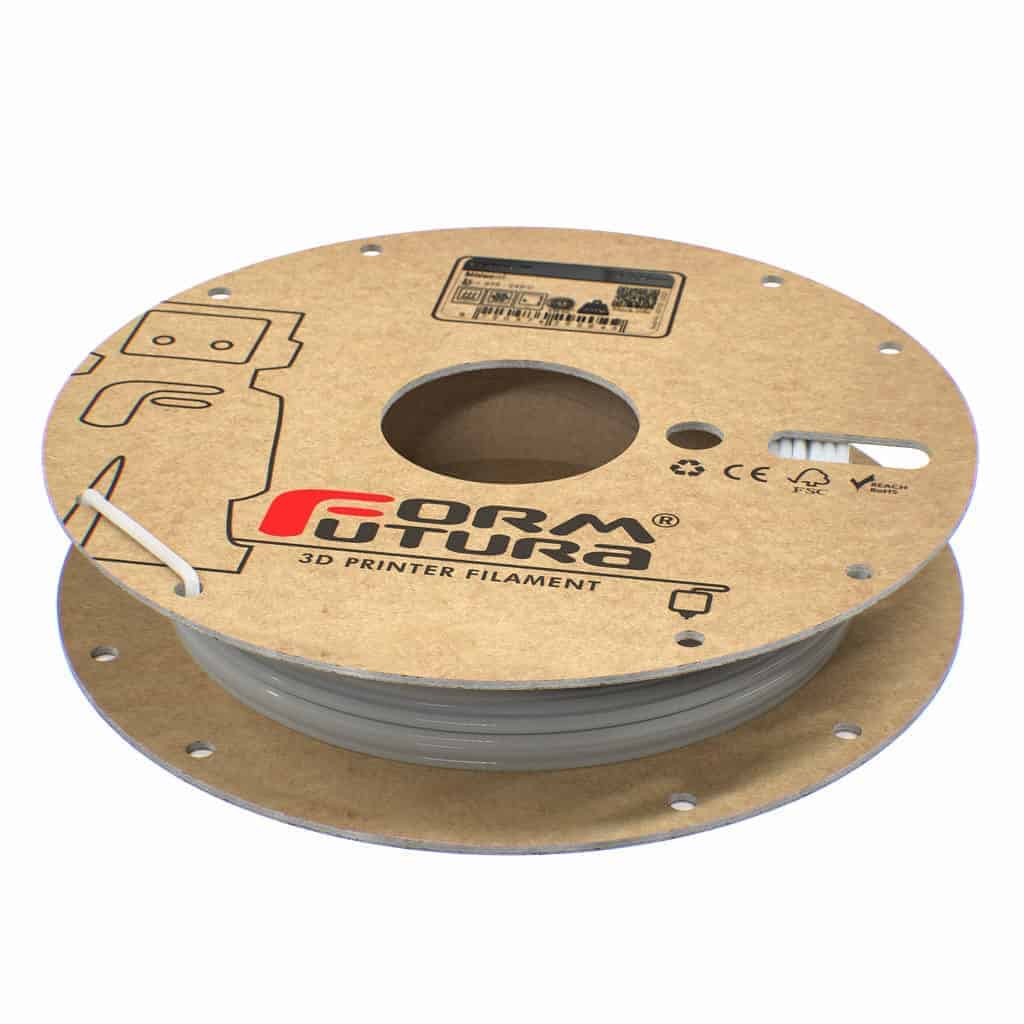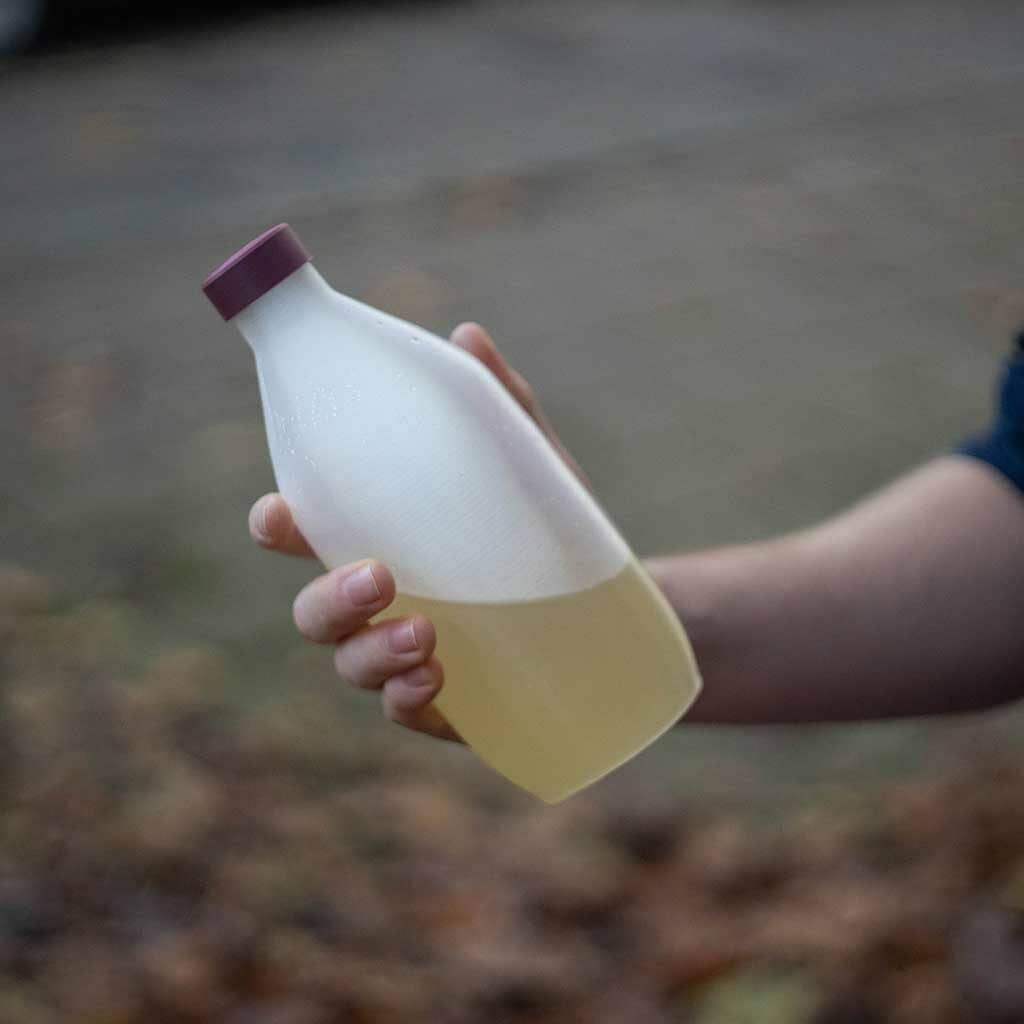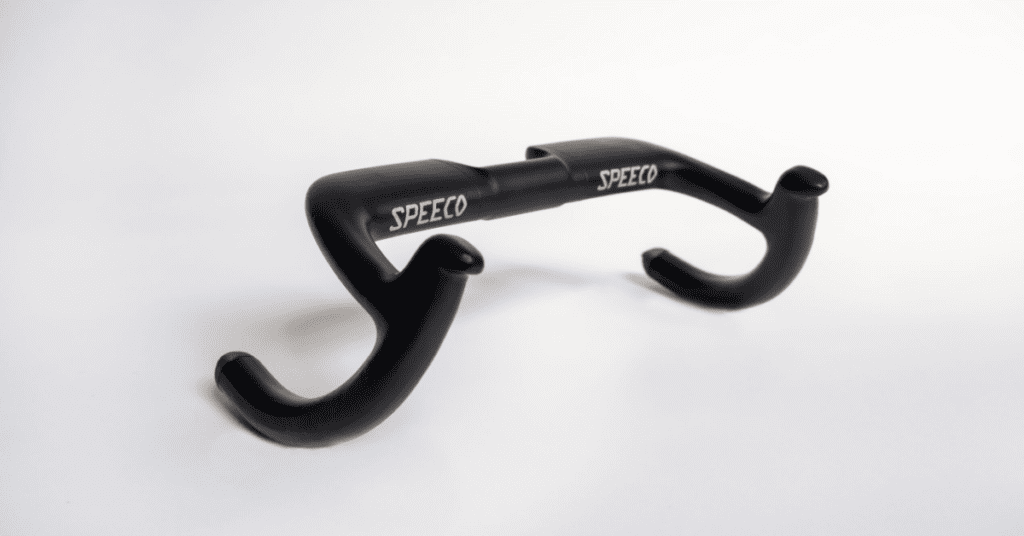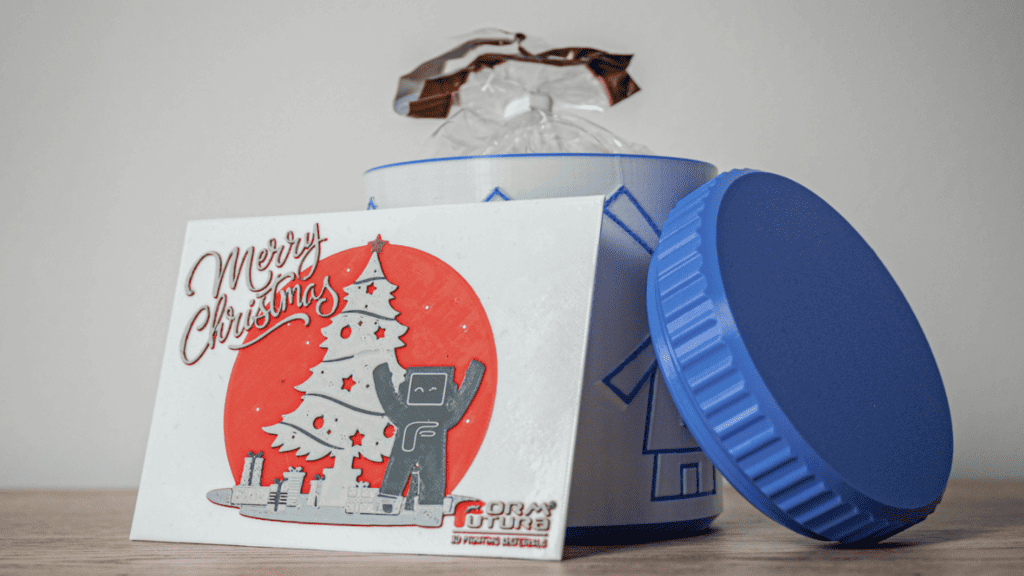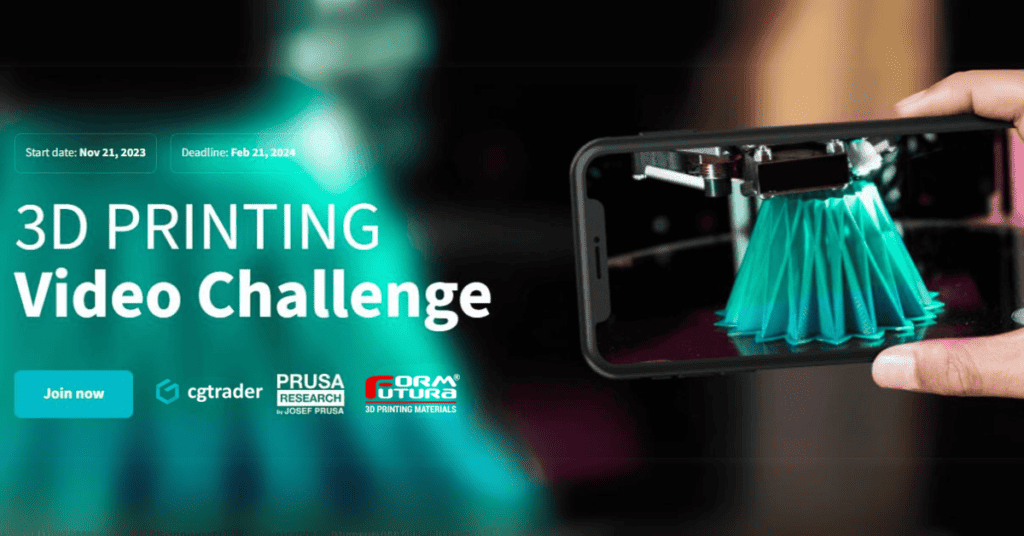The World of Flexible Filaments: TPU vs TPC vs PP
Selecting the perfect filament to transform your visions into tangible masterpieces. With an abundance of choices, navigating this can feel overwhelming. But fear not, for we're here to equip you with essential knowledge and unlock the potential of three exceptional flexible filaments: TPU, TPC, and PP!
By the end of this guide, you'll be an expert and know everything of their characteristics, printing nuances, diverse subtypes, and how to tailor your choice to each unique project. So, buckle up and prepare to delve into the fascinating world of these flexible filaments!
Introducing the Flexibles: TPU, TPC, and PP
Let's meet the stars of the show: TPU (Thermoplastic Polyurethane), TPC (Thermoplastic Copolyester), and PP (Polypropylene). These materials reign supreme in the domain of flexibility, renowned for their bendability, elasticity, and durability. They're beloved by creators of all levels for their ability to breathe life into functional and innovative designs.
While they share the common thread of flexibility, their individual qualities shine through. You might wonder: What applications excel with each material? What sets them apart? And, crucially, when should you choose one over the others? To answer these burning questions and guide your filament selection, we've meticulously analysed each material, uncovering their strengths and ideal use cases.
We'll provide insights that will catapult your 3D printing experience to new heights. Let the flexible printing begin!
In the world of 3D printing, selecting the right filament can be daunting, especially when it comes to flexible options like TPU, TPC, and PP. In this blog, these three materials are thoroughly explored to help you understand their characteristics, printing nuances, and ideal applications.
TPU (Thermoplastic Polyurethane) is praised for its elasticity and ease of printing, making it suitable for projects requiring serious bendability. TPC (Thermoplastic Copolyester) offers tailored solutions with blends catering to specific needs, such as chemical resistance, making it ideal for industrial applications. PP (Polypropylene) stands out for its lightweight nature and strength, excelling in applications like reusable containers and lightweight structures.
The blog provides detailed insights into each material's properties, printing guidelines, post-processing techniques, and pricing comparisons. It emphasizes the importance of understanding project requirements to make the best filament choice, whether prioritizing flexibility, durability, or lightweight design.
Ultimately, we encourage experimentation and creativity, urge you to explore the possibilities of flexible filaments and share their creations. With this comprehensive guide, readers are equipped to navigate the world of TPU, TPC, and PP, unlocking the potential to bring innovative designs to life through 3D printing.
Unveiling the Flex: Characteristics of TPU, TPC, and PP
Now, let's delve into the captivating characteristics of our flexible filament trio: TPU, TPC, and PP. Each boasts unique qualities that will empower your creations!

- Manufacturing Marvel: Crafted from segmented copolymers, TPU exhibits unmatched elasticity and can stretch up to several times its original size without snapping.
- Strength and Resilience: Don’t underestimate its might! TPU boasts impressive tear and abrasion resistance, making it ideal for high-wear applications.
- Chemical Compatibility: Resistant to oils, greases, and some solvents, TPU shines in functional parts exposed to harsh environments.
- Temperature Tolerance: While heat-resistant up to 70-80°C(90A), and up to 138°C (98A) TPU softens at higher temperatures, influencing design and application choices.
- Customizable Chemistry: The “C” in TPC signifies various copolyester blends, allowing for tailoring properties like flexibility, temperature tolerance, and chemical resistance.
- Superior Impact Resistance: TPC outshines TPU in its ability to withstand impacts, making it perfect for demanding applications.
- Hydrophobic resistance: Its water-repellent nature makes TPC ideal for outdoor prints or parts in contact with water.
- Printing Nuances: Depending on the specific blend, TPC might require adjustments in printing temperature and speeds compared to TPU.
- Lightweight: PP boasts the lowest density among our trio, translating to lighter prints without compromising strength.
- Chemical resistant: Highly resistant to chemicals like acids and bases, PP excels in functional parts exposed to harsh environments.
- Food-Safe: Certified food-safe grades of PP pave the way for printing functional kitchenware or food containers.
- Printing Particularities: PP requires higher printing temperatures than TPU and TPC, and heated bed adhesion is often crucial.
Properties
TPU: Bend and Print with Ease
Flexibility
Prone to stringing
Durability
Prone to warping
Chemical resistance
Advanced printing difficulty
TPC: Tailored Printing
High Flexibility
Advanced printing difficulty
Higher UV resistance
Lower temperature resistance
High Impact resistance
Difficult to post process
PP: Printing with Precision:
High chemical resistance
Prone to warping
Lightweight
Lower temperature resistance
Fatigue resistance
Advanced printing difficulty
Facing the elements
TPU, TPC, and PP fare differently when facing various environmental challenges:
UV Resistance: Neither TPU nor TPC offer inherent UV protection, similar to PETG and PLA. However, TPU exhibits slightly better resistance to UV degradation compared to TPC. PP shines in this aspect, boasting significant UV resistance, making it ideal for prolonged outdoor applications.
Heat Resistance: While PETG outperforms PLA in terms of heat resistance, both TPU and TPC offer superior heat tolerance. TPU can withstand higher temperatures than TPC, making it suitable for demanding environments with significant heat exposure. PP exhibits moderate heat resistance, falling between TPU and PLA.
Safety: All three materials, TPU, TPC, and PP, are considered non-toxic under normal use. However, it's always prudent to practice caution when handling any filament due to potential fumes during printing.
Overall:
- UV Resistance: PP > TPU > TPC
- Heat Resistance: TPU > TPC > PP (moderate)
- Safety: All (use caution during printing)
Remember, the optimal material choice depends on your specific application and its requirements.
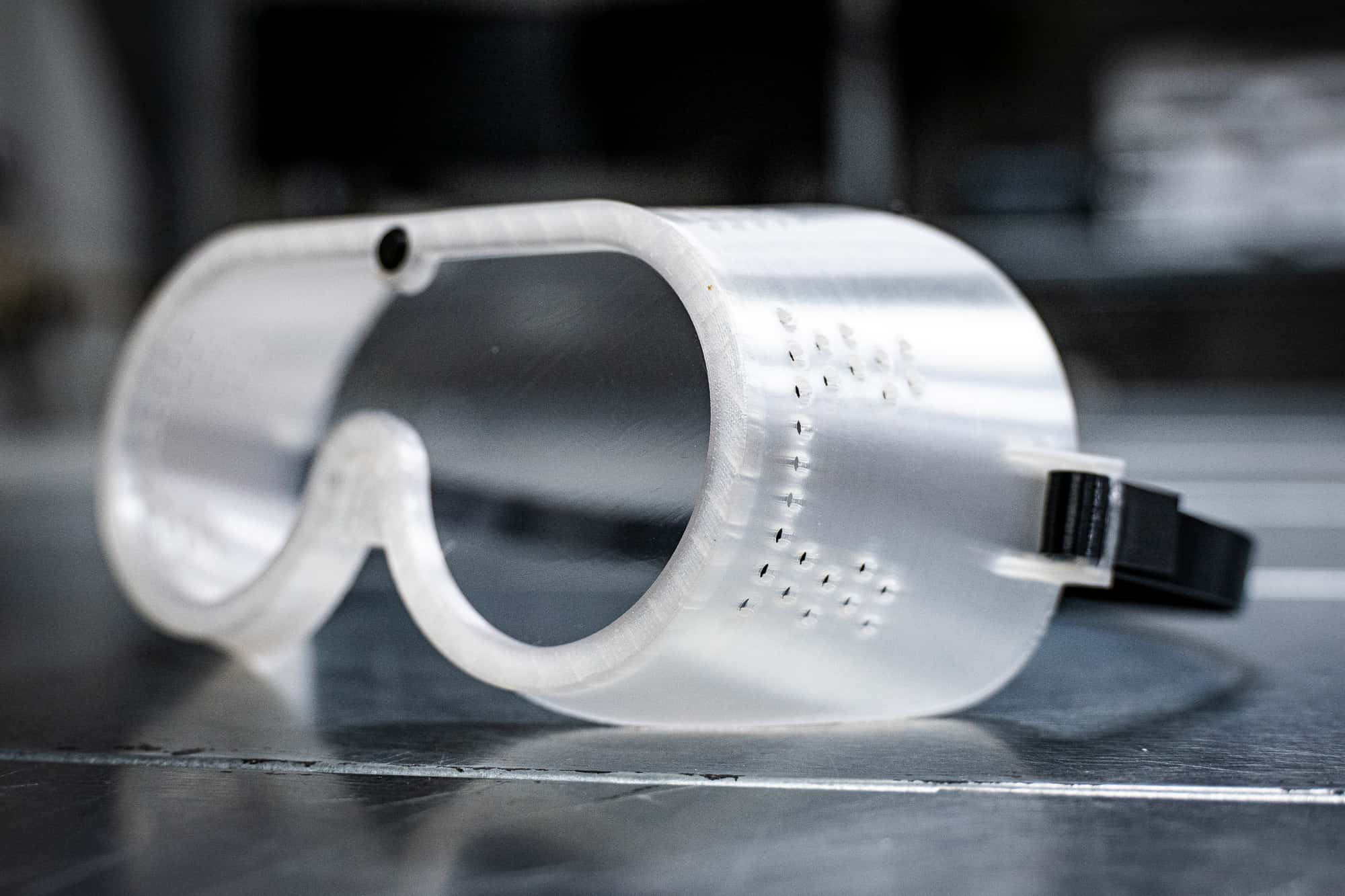
Navigating the Bend: User-Friendly Printing with TPU, TPC, and PP
Unlike their rigid counterparts, flexible filaments like TPU, TPC, and PP present a different kind of user experience. They may not be as effortless as PLA, but with the right approach, they can be incredibly rewarding. Understanding their individual quirks is key to unlocking their full potential.
TPU: The Beginner's Bend
TPU welcomes beginners with open arms thanks to its low melting temperatures (210-230°C), often eliminating the need for heated beds. This, combined with its natural stickiness, makes it a great choice for first-time flex printing. Remember to go slow and steady (20-40mm/s) to avoid stringing, and its inherent flexibility even allows you to skip support structures for complex designs.
TPC: Tailored Friendliness
TPC requires a bit more tailoring. Printing temperatures vary by specific blend (230-260°C), so consulting the manufacturer's datasheet is crucial. Similar to TPU, slower speeds (20-40mm/s) are essential for optimal layer adhesion and minimal stringing. For intricate designs, support structures might be necessary. Don't forget to choose the right blend based on potential chemical exposure for the best printing experience.
PP: Precision for Perfection
PP demands the most precision. Crank up the heat (220-240°C) and utilize a heated bed to combat warping. Remember to cool down slowly to avoid cracking, and consider printing within an enclosure for the most consistent temperatures. While it requires more attention, the results can be exceptional.
While clogging can be a concern for all three due to their high viscosity, it's important to remember that this isn't unique to them. Proper settings and maintenance help minimize the risk.
Ultimately, the "user-friendliness" depends on your setup and experience. With a bit of research and practice, you can master the bend and create amazing flexible prints with these unique filaments!
TPU General Printing Guidelines
Nozzle size: ≥ 0.25mm
Layer height: ≥ 0.01mm
Enclosure needed: No
Print temp: ± 220 – 250° C
Fan speed: 50-100%
Experience level: Intermediate
Heat bed: ± 0 – 60° C
Print Speed: Medium - Fast
Flow rate: ± 110 – 130% *
TPC General Printing Guidelines
Nozzle size: ≥ 0.4mm
Layer height: ≥ 0.2mm
Enclosure needed: No
Print temp: ± 230 – 260° C
Fan speed: 0-70%
Experience level: Intermediate
Heat bed: ± 80 – 90° C
Printspeed: Slow
Retraction: Yes +- 5mm
PP General Printing Guidelines
Nozzle size: ≥ 0.15mm
Layer height: ≥ 0.1mm
Enclosure needed: No
Print temp: ± 220 – 240° C
Fan speed: 50-100%
Experience level: Intermediate
Heat bed: ± 60 – 85° C
Print Speed: Medium/High
Retraction: Yes +- 5mm
Post Processing
TPU: The Bending Postman
When it comes to TPU, sanding requires a gentle touch. Its inherent softness makes it susceptible to over-sanding, so opt for fine-grit sandpaper and apply light pressure for a smooth finish. Alternatively, embrace chemical smoothing solutions like limonene vapour, but always follow the manufacturer's instructions and proper safety precautions. Remember, flexibility is key when choosing paints, so opt for options specifically designed for TPU to avoid cracking as your filament flexes. Apply thin coats for optimal results.
TPC: Tailored Finishing
Different TPC blends can have varying sensitivities to sanding or chemical smoothing, so consulting the manufacturer's guidance is crucial. Unlike PETG, support removal might be easier due to less adhesion, but still practice patience and use a sharp blade for clean separation. Painting follows similar principles to TPU – choose flexible paints and apply thin coats to maintain the desired flexibility.
PP: Precision Polishing
PP generally handles sanding well, but remember to be mindful of heat generation. Light pressure and breaks are key to avoid melting. While some chemical smoothing solutions can damage PP, testing on a scrap piece first is highly recommended. For painting, standard paints usually adhere well, but consider using a primer for even better results.
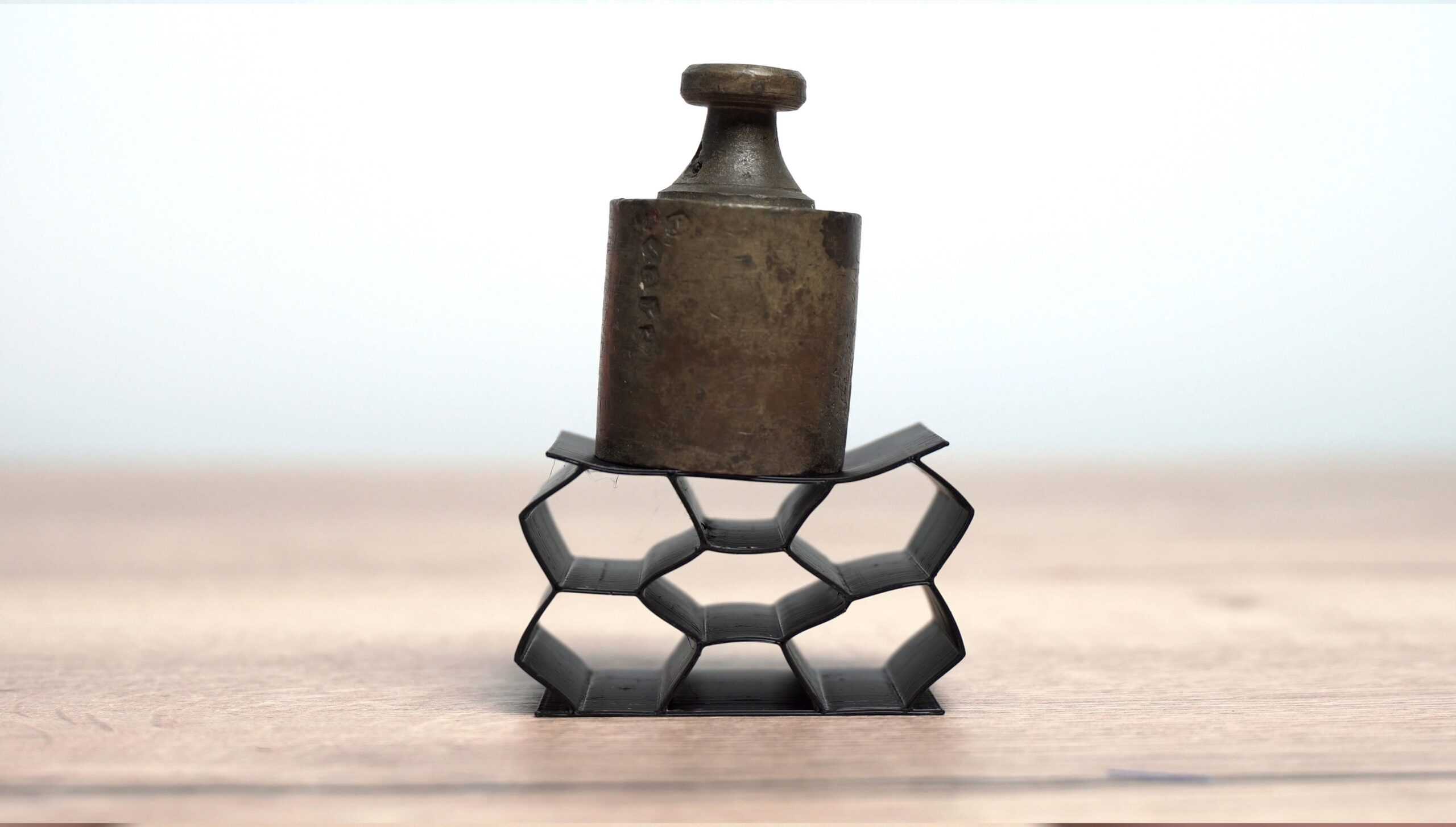
Applications
When it comes to flexible filaments, the choice goes beyond printing; it's about finding the perfect bend for your desired application. Let's dive into where TPU, TPC, and PP truly shine:
TPU: The Stretch Master
TPU excels in applications demanding both durability and flexibility, stretching its potential from functional phone cases and shock-absorbing wearables to medical marvels like sterilized medical devices and prosthetics. It even adds a touch of bendable style to the fashion world, from phone straps to flexible jewelry.
TPC: Tailored Applications
Specific TPC blends boast impressive chemical resistance, making them champions in applications involving oils, greases, and solvents. TPC's diverse blends cater to various industrial needs, from gaskets and seals to flexible components in machinery. It even brings comfort and flexibility to the footwear industry with soles, insoles, and even customizable shoe components.
PP: The Lightweight Dynamo
Certified food-safe grades of PP make it a friendly option for reusable containers, water bottles, and food storage solutions. Its impressive strength-to-weight ratio and buoyancy make it a leader in lightweight applications like boats and kayaks. PP's lightweight and biocompatible properties even extend to medical applications like hinges and prosthetics.
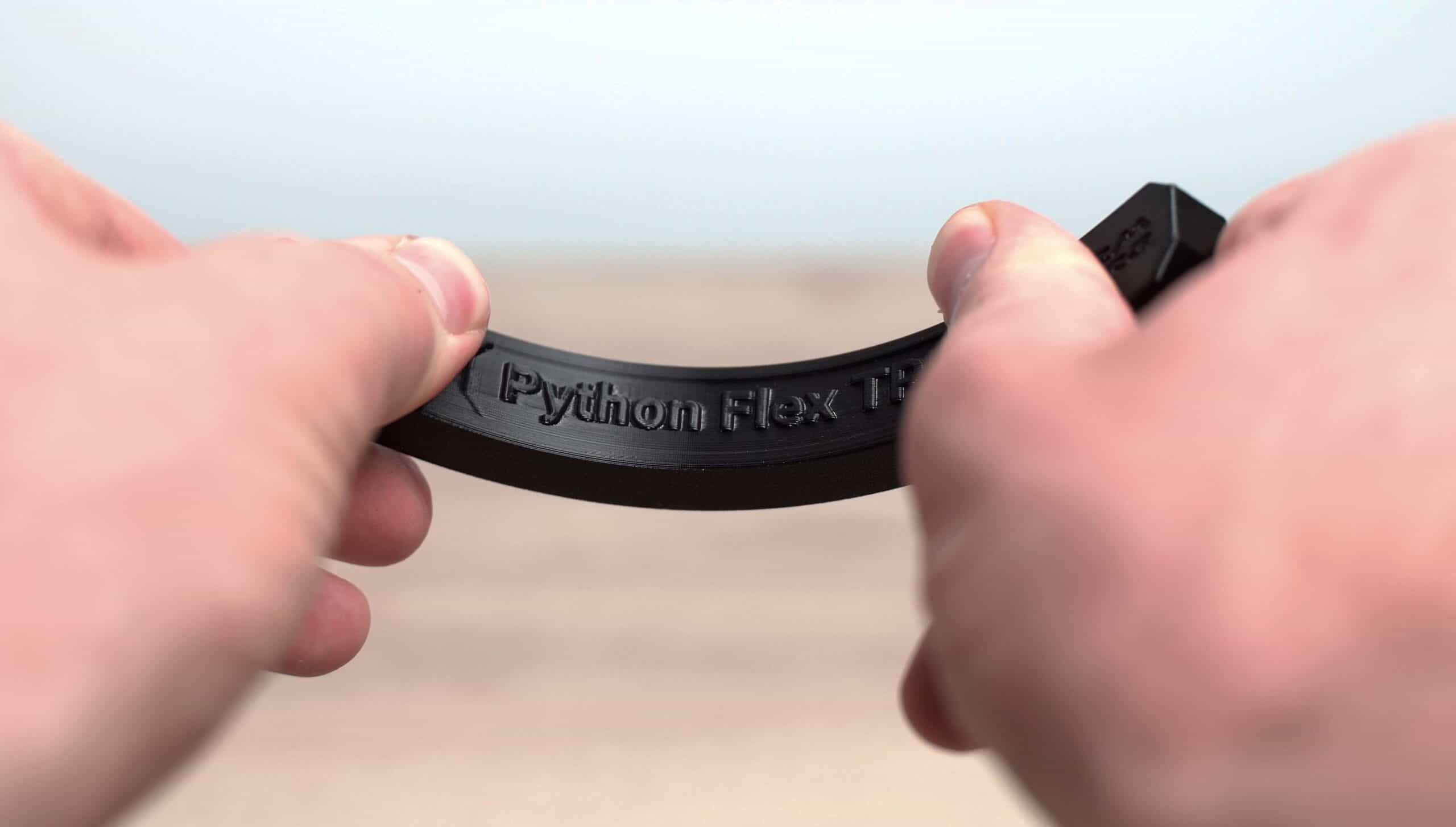
Price
Choosing the right filament for your 3D printing project involves balancing various factors, including material properties, printing requirements, and, of course, price. While TPU, PP, and TPC filaments from FormFutura offer distinct advantages, their price ranges are indeed quite close, making the decision even more intriguing.
Here's a breakdown of their typical price ranges (as of February 20, 2024) to help you decide:
TPU
TPC
PP
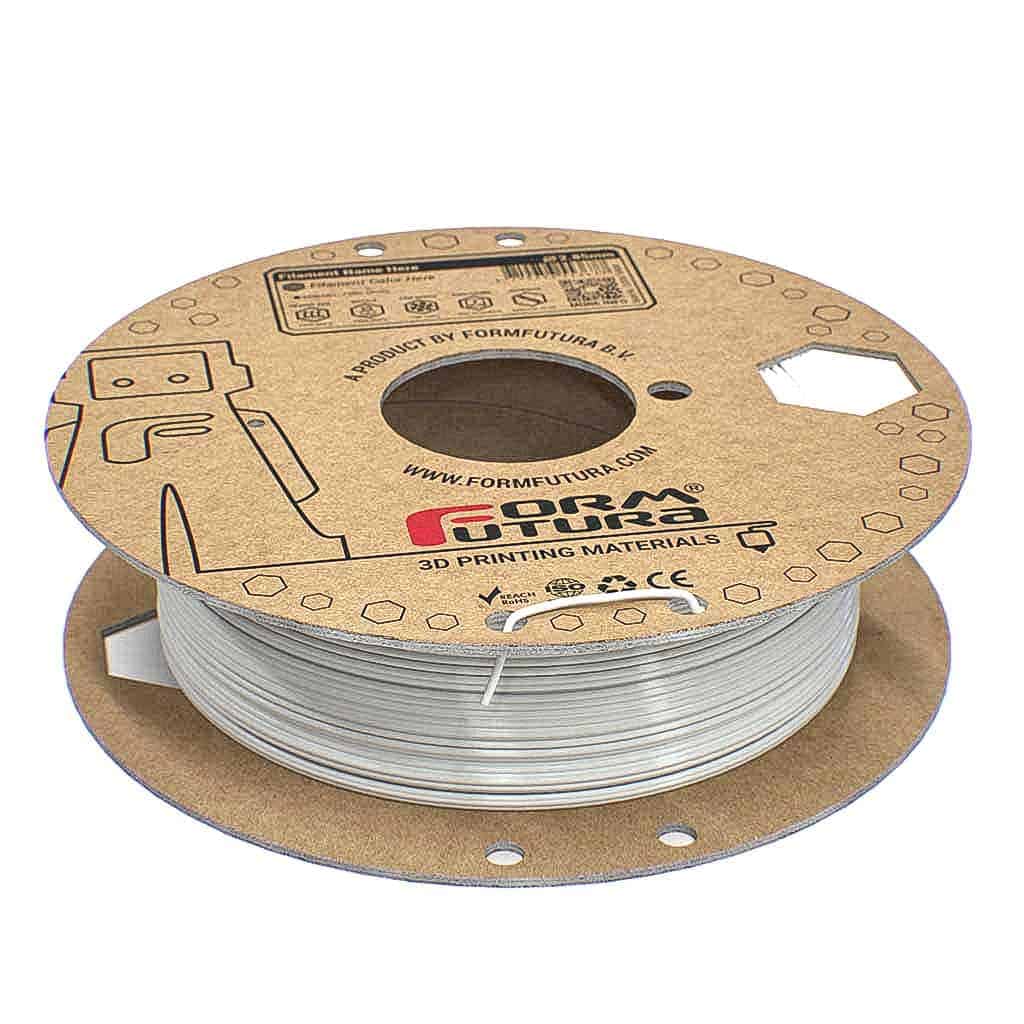
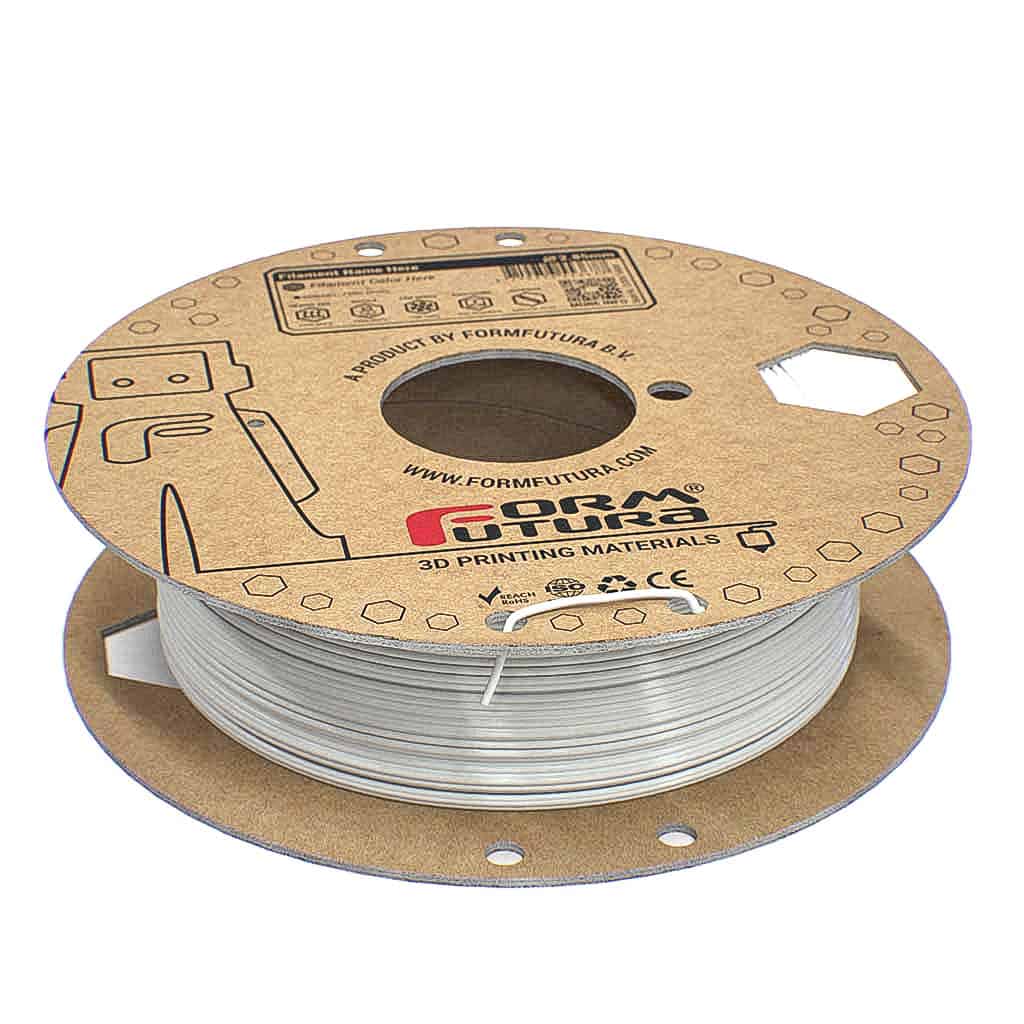

Diameter: 1.75mm or 2.85mm
From: € 37.50 - € 299.95
Diameter: 1.75mm or 2.85mm
From: € 37.50 - € 159.95
Diameter: 1.75mm or 2.85mm
From: € 18.50 - € 274.55
While the price ranges of TPU, PP, and TPC filaments from are close, choosing the right one depends on your project's specific needs and priorities. Consider the key properties of each material and explore the available variants to make the best decision for your budget and project goals.
Recommendations
While both PLA and PETG are fantastic filament options, they fall short when you need that extra bend! In the realm of flexible filaments, choosing between TPU, TPC, and PP can be difficult due to their similar price ranges. Let's break it down one last time:
Prioritize Flexibility: If bendable is your mantra, both TPU and TPC are your allies. However, TPU takes the crown for pure elasticity, making it ideal for parts that need serious contortion.
Durability is Key: TPC shines in high-heat environments, making it the go-to for parts that need to withstand the heat. Think engine components or hot water containers.
Lightweight Matters: When shaving grams is crucial, PP is your hero. Its unique combination of flexibility and chemical resistance makes it perfect for lightweight, durable parts like packaging or medical devices.
Remember: Price may be similar, but the best choice depends on your project's specific needs. Whether you're crafting phone cases that need to survive tumbles or prototypes that demand heat resistance, choose the filament that bends to your will!
TPU
Python Flex TPU 90A
MD FLEX
Python Flex TPU 98A
TPC
FlexiFil TPC 30D
FlexiFil TPC 40D
Addigy F2045
Addigy F2060 HT
PP
LUVOCOM 3F PP CF 9928
Centaur PP
Conclusion
Remember, price may be similar, but the ideal choice hinges on your vision and its demands. Let's recap the key characteristics of each contender:
TPU: The Stretch Master: Boasting supreme elasticity and impressive durability, TPU reigns supreme for applications requiring serious bendability. From shock-absorbing wearables to medical marvels, it stretches its potential far and wide.
TPC: The Tailored Champion: With specific blends offering unparalleled chemical resistance, TPC caters to diverse industries. Gaskets, seals, and flexible machinery components – TPC conquers them all. It even grants comfort and flexibility to the footwear industry.
PP: The Lightweight Dynamo: Certified food-safe and remarkably light, PP shines in reusable containers, water bottles, and lightweight applications like kayaks and boats. Its biocompatible nature even extends to medical components.
So, how do you choose the right filament? Ask yourself these crucial questions:
- Flexibility First: Prioritize pure elasticity? Opt for TPU. Need moderate flexibility with resistance to heat and chemicals? TPC might be your go-to filament. Does lightweight durability reign supreme? Then PP is your champion.
- Durability Matters: High-heat environments demand unwavering strength. TPC steps up to the plate.
- Lightweight & Strong: Shaving grams and ensuring durability? PP is your ideal partner.
Remember, experimentation is your friend! As with PLA vs PETG, get your hands dirty and test each filament to truly understand their unique strengths and weaknesses. This experience will empower you to make informed decisions for future projects.
With this knowledge at your fingertips, go forth and create! Explore the possibilities, bend the rules, and unleash your creativity with the perfect flexible filament for your vision. May your prints be bold, innovative, and perfectly tailored to your needs!
And don't forget to share your creations with us! We'd love to see what flexible wonders you bring to life.
Happy printing!
